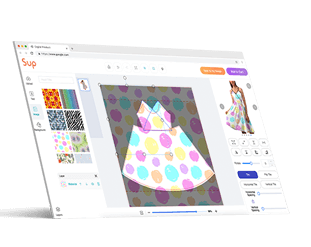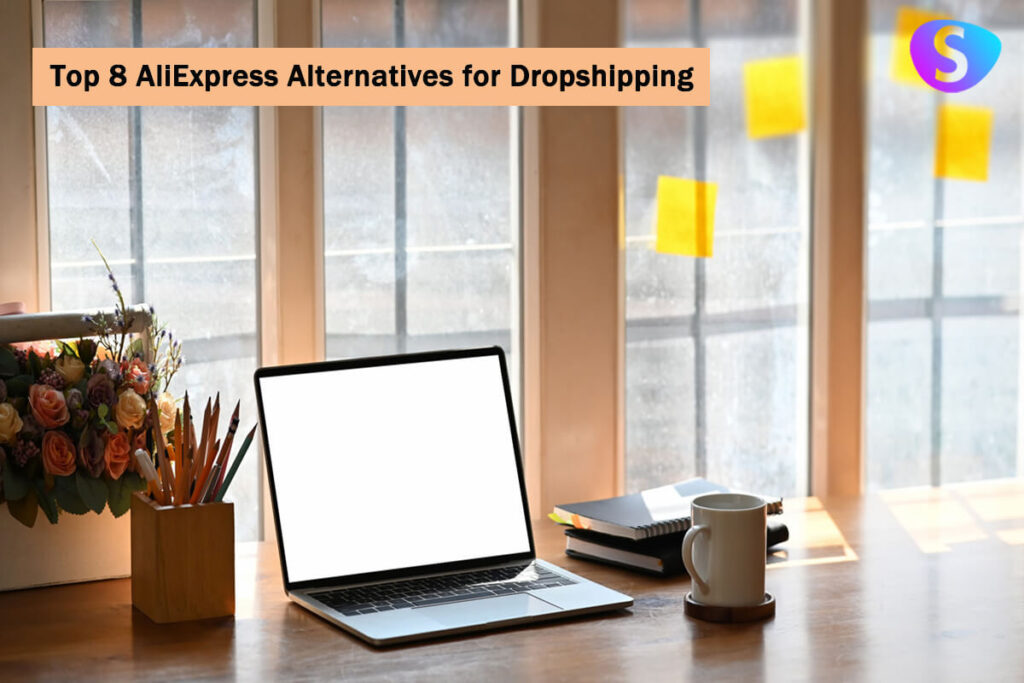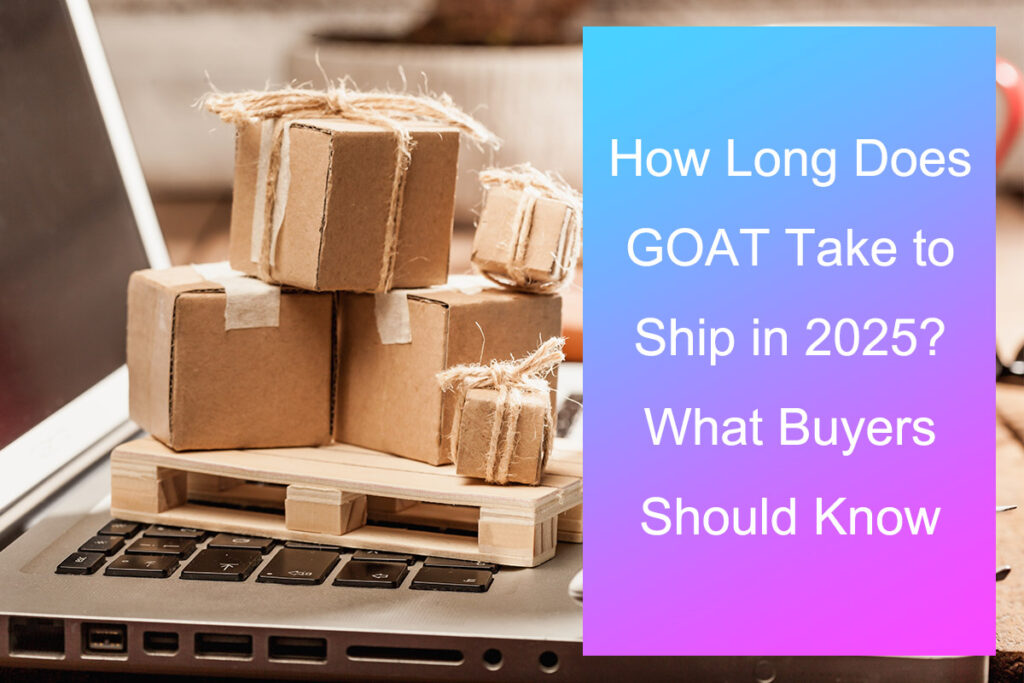
Starting an online business sounds exciting until you run into shipping, storage, and piles of inventory. That’s where a new kind of business model comes in. It flips the script and removes all the heavy lifting. In this guide, we’ll break down what ghost commerce really is, how it stacks up against traditional ecommerce, the pros and cons to watch for, and the steps you can take to get started.
What is Ghost Commerce?
Ghost commerce means starting an online business without keeping any products yourself. You don’t need a warehouse, shelves, or boxes stacked in your room. Instead, you work with suppliers or use platforms that already have the products. Your job is to get people to notice the products and want to buy them. Things like shipping and storage? That’s handled by someone else.
Some people may think ghost commerce is just affiliate marketing. It’s not. Affiliate marketing is one way to make money with ghost commerce, but it’s not the only way. The term covers a bunch of business models, like dropshipping, POD, affiliate marketing, and white labeling.
If some of these words sound confusing, no problem. We’ll go over each one and explain what they are and how they work inside ghost commerce.
ドロップシッピング
ドロップシッピング is a business model where you display products on your online store, but you don’t actually keep them in stock. When a customer places an order, you pass it on to your supplier. The supplier picks the product, packs it, and ships it directly to the customer.
You don’t need to spend much money upfront or store large amounts of inventory. Instead, your focus is on designing a clean storefront, running ads, and bringing in traffic. Behind the scenes, your supplier handles the logistics.
This setup is one of the easiest ways to start with ghost commerce. It keeps your costs low and your risks even lower, which is why many beginners choose dropshipping to get started.
おすすめの読み物: How to Start a Dropshipping Business With No Money

アフィリエイトマーケティング
Affiliate marketing is when you promote someone else’s product and earn a small cut of the sale. You don’t deal with customer service, delivery, or inventory. You just help drive traffic.
There are plenty of ways to do this. Some people run blogs and add affiliate links inside their posts. When readers click the link and make a purchase, the blog owner gets paid.
Others use platforms like TikTok, where they post short videos showing or recommending products— sometimes directly, sometimes in a more subtle way. Aside from these, some creators use Pinterest to post product pins with affiliate links.
You don’t need a store, and you don’t need your own products. That’s why affiliate marketing is one of the most hands-off methods in ghost commerce. All you need are links, content, and a way to get traffic.
続きを読む: ドロップシッピング vs アフィリエイト マーケティング
オンデマンド印刷
Print-on-demand (POD) lets you sell custom products like t-shirts, mugs, or phone cases. You create the design, and when someone orders it, a third party prints and ships it for you. You don’t need to print or store anything in advance.
It’s perfect if you’re creative but don’t want to handle inventory. POD is a smart way to run a ghost commerce business with a personal touch.

ホワイトラベル
White labeling means you take a generic product made by someone else and sell it under your own brand. You don’t make the product, but you can control how it looks and what it’s called.
You might not see this talked about as much, but it fits well under the ghost commerce meaning too—especially if you want to build a brand without manufacturing anything yourself.
Ghost Commerce vs E-commerce
At first glance, ghost commerce and traditional eCommerce might look similar—they both involve selling things online. But the way they operate behind the scenes is very different.
Here’s a simple breakdown to show how they compare:
| 特徴 | Ghost Commerce | Traditional E-commerce |
|---|---|---|
| Inventory | No inventory needed | You stock and manage your own inventory |
| Startup Costs | 低い | Higher (buying products, storing them, etc.) |
| Order Fulfillment | Handled by suppliers or platforms | You handle packing, shipping, and returns |
| Business Models | Dropshipping, POD, affiliate marketing, etc. | Usually buy-and-sell or self-branded products |
| Speed to Launch | Fast. You can start in a day or two | Slower. You need to source products first |
| Control Over Products | Limited. You sell what partners offer | Full control. You choose, brand, and ship |
Pros and Cons of Starting Ghost Commerce

Like any business model, ghost commerce has its ups and downs. Here’s a quick look at what you’re really getting into.
長所
Low upfront cost
Ghost commerce doesn’t require a big investment to get started. You don’t have to buy products in bulk, rent a warehouse, or build a team right away. Most of your early spending goes into building your website and running ads, which makes it beginner-friendly and low risk.
柔軟性
You can run your business from anywhere—your bedroom, a coffee shop, or even while traveling. Since everything is online and much of it can be automated, ghost commerce gives you the freedom to work on your own schedule, without being tied to a fixed location or routine.
No inventory management
You don’t have to deal with storing, tracking, or shipping products. That entire process is handled by your supplier or platform partner. This saves time and money, and allows you to focus on what really matters: marketing, customer experience, and growing your brand.
スケーラビリティ
Once your systems are in place, it’s easy to grow. You can test new products, build more stores, or expand to different platforms without starting from scratch. Ghost commerce is designed to grow fast without needing a bigger team or more physical space.
短所
Limited control
Since you’re not handling products yourself, you have less control over quality, packaging, and shipping speed. If something goes wrong during fulfillment, you may not be able to fix it quickly, which can lead to complaints or bad reviews from customers.
Lots of competition
Because the barrier to entry is so low, many people are doing the same thing. It’s easy to run into hundreds of stores selling the same product. To stand out, you’ll need good branding, better マーケティング, or unique product angles, which takes time and testing.
Dependence on suppliers
Your whole business relies on suppliers doing their part. If a product runs out, arrives damaged, or ships late, your customer sees it as your fault. A bad supplier can ruin your business, even if everything else on your end is solid.
Reputation management
Building trust is harder when your brand has no face and relies on third-party fulfillment. One bad order or negative review can damage your reputation fast. That’s why finding a 信頼できるエージェント or supplier is so important. They’re the ones delivering on your promises. You’ll also need to stay proactive with customer service, refunds, and communication to keep people happy and coming back.
How to Start Ghost Commerce

Now that you know what ghost commerce is and understand its pros and cons, it’s time to take action.
Step 1: Pick a business model
Earlier, we introduced five common models of ghost commerce. Now it’s time to pick one and stick with it. If you’re just starting out, go with the one that feels easiest to test based on your time, skills, and budget.
For example, dropshipping or affiliate marketing are great for beginners. Once you get the hang of it and start making sales, you can add other models like POD or white labeling to scale and grow.
Step 2: Find your niche
To stand out in ghost commerce, you need a 適所, something clear and specific that makes your brand easy to recognize. A niche helps you attract the right people and keeps your marketing focused.
The best niches often come from what you already know or enjoy. Think about your own hobbies, past jobs, or the types of products you always end up researching. When you build around something you care about, it’s easier to create content, connect with buyers, and build long-term trust.
You can try to explore Google トレンド to spot what people are into, check the shopping platform’s bestsellers, or visit niche forums to hear what real people are asking for.
Once you land on a niche, every part of your ghost commerce business will become easier and more consistent.

Step 3: Choose your platform and set up a store
Choose a platform based on the business model you’ve picked.
- If you’re doing dropshipping, print-on-demand, or white labeling, you’ll need an e-commerce store. Platforms like Shopify, WooCommerce, or Etsy are popular choices. They let you create a professional store, handle orders, and manage payments without needing to hold inventory.
- If you’re doing affiliate marketing, focus on content platforms instead. TikTok, YouTube, Pinterest, or a blog work well. Your goal is to build an audience and share affiliate links through engaging content.
Once you’ve chosen your platform, focus on setting up the basics: picking a clean design, filling out profile or store information, configuring payment and shipping settings, and ensuring everything works smoothly from a user’s perspective.

Step 4: Find products or offers
Now it’s time to find the products or offers you’ll sell or promote.
For dropshipping or white labeling, start by researching suppliers that match your niche and quality standards. Platforms like Sup Dropshipping make this process way easier. We help you connect with reliable suppliers, test product samples, and manage fulfillment, all in one place.
If you’re doing affiliate marketing, look for programs with products that make sense for your audience. Whether it’s fashion, tech, or home goods, alignment with your niche is key.
This step helps you narrow down your options to the best choices for your store or channel. Quality matters because it affects your brand’s reputation and customer trust. Spend the time needed here to build a solid foundation for your ghost commerce business.

Step 5: Marketing and getting customers
Having a store or channel isn’t enough, and getting visitors is the key. Here is how to get started.
- Know your audience’s hangouts. Find out where your target customers spend time online—TikTok, Instagram, Pinterest, or even niche forums.
- Create engaging free content. Post videos, images, or blog posts that show your products in action or solve problems for your audience.
- Use paid ads for faster results. Platforms like Facebook Ads, Google 広告、 そして TikTok広告 let you reach more people quickly. Start with a small budget to test what works.
- Include clear calls to action. Make sure your content tells people what to do next, like “Shop now,” “Learn more,” or “Click the link.”
- 視聴者と交流する. Reply to comments and messages to build trust and keep people interested.
Traffic drives sales. Focus on bringing in the right visitors and turning them into customers.

Step 6: Manage orders and customer service
Once you start getting orders, your job is to keep things running smoothly. Even if you don’t handle the products yourself, you’re still the one customers rely on.
If you’re using dropshipping or POD, check for new orders every day and forward them to your supplier quickly. Share tracking info as soon as it’s available, and let customers know if anything is delayed. Clear updates help avoid confusion and build trust.
When a customer messages you, respond fast and stay polite. A good reply can turn a problem into a repeat purchase. Ghost commerce is low-touch, but great service is what turns it into a real business.

FAQs about Ghost Commerce
1. How do I get into Ghost Commerce?
Start by picking a business model that fits you, like dropshipping, print-on-demand, or affiliate marketing. Then find a niche you care about, choose a platform to sell or promote products, and connect with suppliers or affiliate programs. Focus on marketing and customer service to grow your brand.
2. Can you really make money with ghost commerce?
Yes, you can. Ghost commerce keeps costs low since you don’t hold inventory, so your risk is smaller. But making money takes work—finding the right products, reaching customers, and building trust. It’s not a get-rich-quick scheme, but a real business that can grow with effort.
3. Is ghost commerce the same as dropshipping?
Not exactly. Dropshipping is one way to do ghost commerce, but ghost commerce is bigger. It also includes print-on-demand, affiliate marketing, white labeling, and more. Ghost commerce means selling without owning stock, while dropshipping is just one model that fits inside it.
最終的な考え
Ghost commerce makes starting an online business easier and less risky by removing the need to hold inventory. It lets you focus on marketing and building your brand while partners handle storage and shipping.
If you’re ready to put in the work, Sup Dropshipping can be your reliable partner. We connect you with trusted suppliers, handle order fulfillment smoothly, and make sure products reach your customers on time. This way, you can spend more energy on growing your brand and less on logistics headaches.
So, what are you waiting for? お問い合わせ today and start your ghost commerce journey with confidence!
著者について

5月
May は Sup Dropshipping のブロガーで、e コマースで 5 年以上の経験があります。 May は e コマースに対する情熱から、最新のトレンドを常に最新の状態に保ち、ブログを通じて専門知識を共有しています。余暇には、小説を読んだり、友達とチャットしたりするのが好きです。





コメントを残す